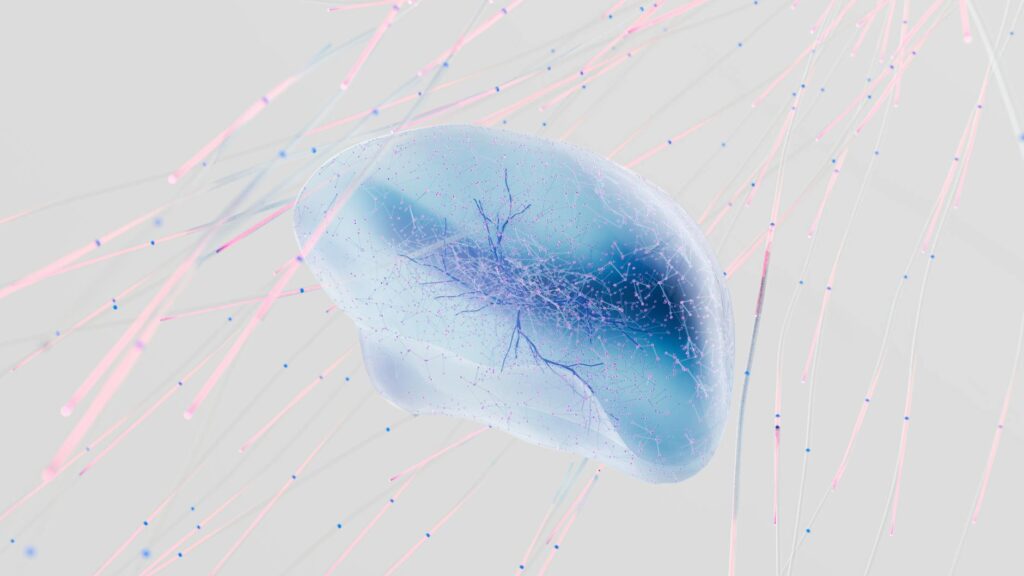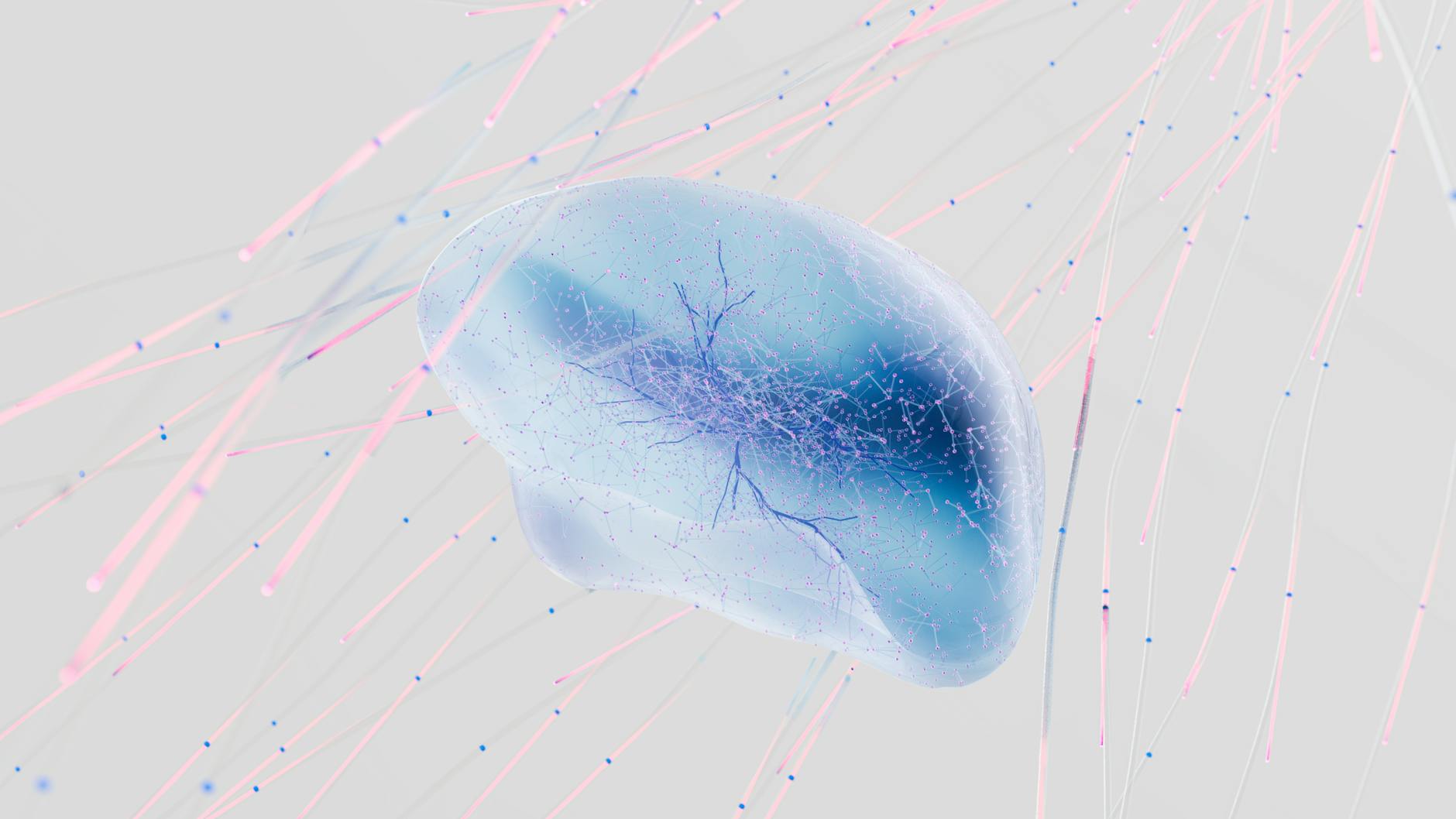What is neuroscience research?

What is neuroscience research?
Neuroscience research delves into the intricate workings of the brain and nervous system. It’s a multifaceted field that combines biology, psychology, and even philosophy to understand how our brains influence our thoughts, behaviors, and emotions. This research is crucial not just for academic knowledge but also for personal development and productivity.
The insights gleaned from neuroscience research can transform how we approach tasks, improve learning methods, and enhance mental well-being. Have you ever wondered how understanding the brain can help you become more productive or learn more effectively? Let’s uncover the fascinating world of neuroscience research together.
Defining Neuroscience Research
Neuroscience research encompasses various scientific approaches aimed at studying the structure, function, and behavior of the nervous system. The goals of this research range from understanding basic brain functions to developing treatments for neurological disorders.
Overview of Neuroscience
Neuroscience is a branch of science that investigates the nervous system, which includes the brain, spinal cord, and neural networks. This field aims to uncover how neural connections influence behavior, cognition, and emotional responses. The brain, often likened to a complex computer, processes information, learns from experiences, and controls bodily functions.
For more insight, you can check out Nature’s overview of neuroscience.
Key Areas of Focus
Neuroscience is broad, with several key areas of focus:
-
Cognitive Neuroscience: This area explores how brain functions relate to mental processes like perception, memory, and decision-making. It seeks to understand how the brain supports our thoughts and feelings.
-
Behavioral Neuroscience: This field examines the connection between behavior and brain activity. It studies how changes in the brain can impact behavior, often using animal models to draw conclusions.
-
Clinical Neuroscience: This area focuses on understanding and treating neurological disorders, such as Alzheimer’s disease, Parkinson’s disease, and various mental health conditions. By investigating how these disorders affect brain function, researchers aim to develop effective treatments.
Methods and Techniques in Neuroscience Research
Neuroscience research employs various methodologies to investigate brain function and behavior. Understanding these methods is crucial for grasping how findings are derived.
Neuroimaging Techniques
Neuroimaging techniques like functional Magnetic Resonance Imaging (fMRI), Positron Emission Tomography (PET), and Electroencephalography (EEG) allow researchers to visualize brain activity in real time.
- fMRI detects changes in blood flow in the brain, identifying areas of activity during specific tasks.
- PET scans use radioactive substances to visualize metabolic processes in the brain, providing insights into brain function.
- EEG measures electrical activity along the scalp produced by the firing of neurons, giving real-time data about brain activity.
These tools are invaluable in both research and clinical settings. For a more detailed look at these techniques, visit the Journal of Neuroscience.
Electrophysiological Methods
Electrophysiological methods involve measuring electrical activity in the brain, offering deep insights into how neurons communicate. Techniques such as single-cell recordings allow researchers to observe how individual neurons respond to stimuli, shedding light on fundamental neural processes.
These methods are crucial for understanding the mechanisms underlying neural circuits and how they relate to behavior.
Applications of Neuroscience Research
The implications of neuroscience research extend far beyond academia; they influence various fields, including education, mental health, and personal productivity.
Enhancing Productivity and Learning
Insights from neuroscience can significantly enhance our study habits and overall productivity. For instance, understanding how the brain processes information can lead to better learning strategies. Research shows that spaced repetition, a technique derived from neuroscience, improves retention and recall.
Have you ever considered why you might remember something better if you review it over time instead of cramming? This principle is rooted in how our brains form and strengthen neural connections.
To explore how neuroscience can aid in learning, check out this article on neuroscience and teaching.
Clinical Applications
In clinical settings, neuroscience research plays a vital role in diagnosing and treating neurological and psychiatric disorders. For example, understanding how certain brain regions are affected by diseases like depression can lead to targeted therapies, improving patient outcomes.
Moreover, neuroscience informs rehabilitation approaches for brain injuries and strokes, enabling tailored interventions that align with individual brain recovery patterns.
Future Directions in Neuroscience Research
As technology advances, neuroscience research is poised for exciting developments.
Emerging Technologies
Emerging technologies like machine learning and artificial intelligence are beginning to play a role in neuroscience. These tools can analyze vast amounts of data more efficiently, uncovering patterns in brain activity that were previously difficult to detect. For instance, researchers are exploring how AI can assist in predicting the onset of neurological disorders.

Photo by Google DeepMind
Interdisciplinary Approaches
Combining neuroscience with fields like psychology, education, and even philosophy is essential for fostering better outcomes. Interdisciplinary research can lead to more comprehensive insights into human behavior and cognition.
Collaborations across disciplines will likely drive breakthroughs, improving mental health strategies, educational practices, and personal development techniques.
Conclusion
Neuroscience research holds immense potential to transform our understanding of the brain and its influence on our lives. By uncovering the mechanisms of thought and behavior, we can enhance personal productivity, develop effective learning strategies, and improve mental health treatments.
As we continue to explore this fascinating field, the knowledge gained can empower us to make informed decisions that enhance both our personal and professional lives. So, whether you’re looking to optimize your study habits or gain insights into mental well-being, diving into neuroscience research offers a wealth of opportunities for growth and understanding.